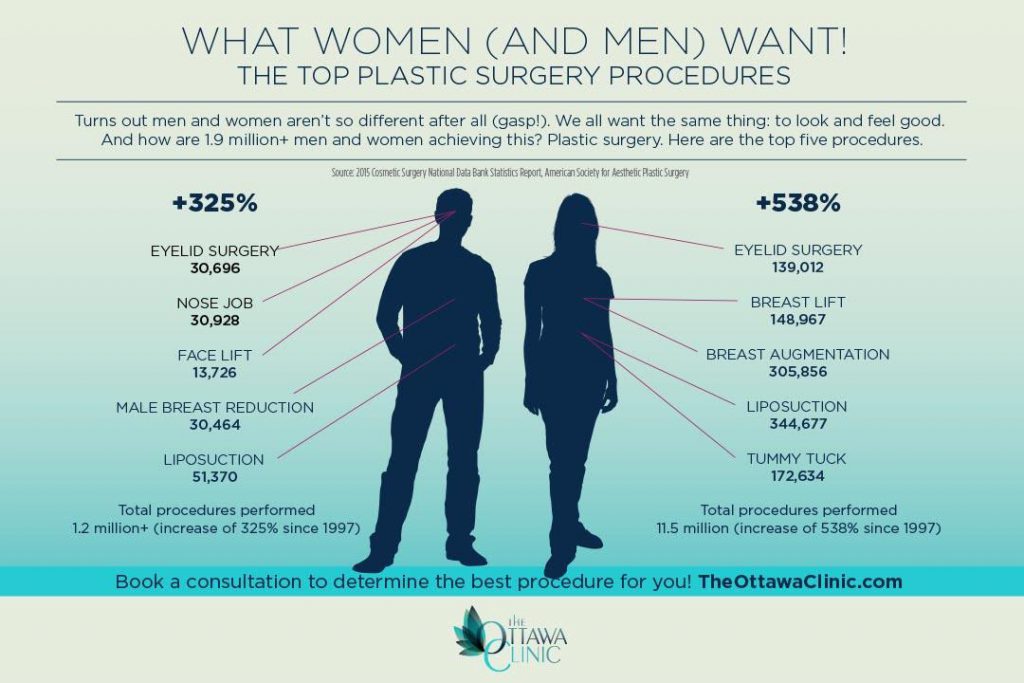How To Treat Back Acne Bacne
How To Treat Back Acne Bacne
Blog Article
Ideal Ingredients For Acne-Prone Skin
Benzoyl peroxide eliminates bacteria that cause acne and helps eliminate excess oil. It likewise assists lower the look of dark places that stick around after acnes clear.
Skip ingredients that clog pores, like mineral oils, and choose moisturizing components that aid smooth skin. Look for these four best anti-acne components.
Willow Bark Essence
Willow bark essence is a natural source of salicylic acid. When utilized at cosmetic concentrations, it can trigger a similar effect as synthetic salicylic acid without its disadvantages (generally inflammation).
The remove has prodrug salicin, which is swiftly metabolized to the energetic substance, acetylsalicylate. Its anti-inflammatory and analgesic impacts come from this metabolite, together with other chemical elements of the plant such as phenolic acids, flavonoids, and polyphenols.
It likewise has sedative homes, that make it efficient in dealing with chronic pain and rheumatic conditions such as osteoarthritis. However, because it contains chemicals that mimic aspirin, individuals that have a well-known hatred aspirin ought to avoid willow bark supplements. It can likewise communicate with a variety of medicines, consisting of pain killers and various other nonsteroidal anti-inflammatory medications (NSAIDs) and cyclooxygenase inhibitors, such as advil (Advil, Motrin), and might raise the threat of belly blood loss. It can likewise communicate with some diuretics (water pills) and can raise blood degrees of specific drugs, such as phenytoin (Dilantin).
Kaolin
Long prior to AHAs, BHAs and plenty of various other components, charm enthusiasts turned to among one of the most efficient ingredients to help protect against outbreaks: kaolin. Kaolin clay is naturally adsorbent, which helps to pull excess oil and impurities from skin. It is made use of in make-up, cosmetics, spa body therapies, and as a mild rough in toothpaste. It's additionally utilized in veterinary medicinal items to deal with gastrointestinal issues and in poultices for dealing with injuries.
This mineral clay can be white, yellow, pink or red (red kaolin indicates a high concentration of iron oxide) and is usually mixed with eco-friendly tea leaves to create a calming face mask. It can likewise be found in face cleansers and is especially useful for those with mix or oily skin.
Geige suggests searching for simple solutions without pore-clogging components, such as alcohol, which can cause your skin to overproduce oil in an effort to compensate, leading to outbreaks. Instead, look for an item that contains fatty alcohols like cetyl or shea, as these are much less drying skin care with deinoxanthin out.
Sodium Ascorbyl Phosphate (Vitamin C).
Salt Ascorbyl Phosphate (or SAP, for short) is the "badass natural acne therapy" nobody's talking about. It's a water-soluble type of Vitamin C that can be used in greater concentrations than its older brother, L-Ascorbic Acid, without coming to be unsteady or oxidizing promptly.
Research study shows that it has antioxidant properties and can help in reducing discoloration. It can additionally be effective at rebalancing sebum manufacturing and battling acne-causing bacteria.
Professionals agree that skin with acne need to be treated with components that both scrub and relieve. Seek products that consist of alpha and beta hydroxy acids (AHAs) to break down dead skin cells and unclog pores, along with anti-inflammatory ingredients like niacinamide. Additionally, search for oil-free, non-comedogenic creams that don't block pores. You'll also intend to incorporate components that are effective at eliminating germs, such as zinc sulphate and benzoyl peroxide. Lastly, don't use components that contain occlusive representatives, such as dimethicone and cyclomethicone, which can produce an oily film on the skin and obstruction pores.
Aloe Vera.
There are a handful of scientifically verified ingredients-- like salicylic acid, benzoyl peroxide, retinoids and niacinamide-- that have actually been shown to aid treat acne by unclogging pores, eliminating germs, regulating oil and accelerating skin cell turn over. More natural alternatives like tea tree oil and aloe vera also have antimicrobial, anti-inflammatory and calming properties.
Referred to as the 'plant of everlasting life,' Aloe vera is a deep eco-friendly cactus-like plant which contains a gel inside its leaves and can be located in sunburn remedies, cosmetic items and tonics that advertise stomach health and wellness. Yet the plant is also renowned for its pharmacological and medical residential or commercial properties, and researchers at the Royal Botanic Gardens in southwest London are exploring its numerous declared healing benefits-- consisting of the anti-inflammatory building of the gel inside the leaf, the capability to manage blood sugar and cholesterol levels and its duty as an efficient burn wound therapist. They are additionally delving into the plant's transformative background to determine what other plants it may be very closely related to that might share a few of its valuable residential or commercial properties.